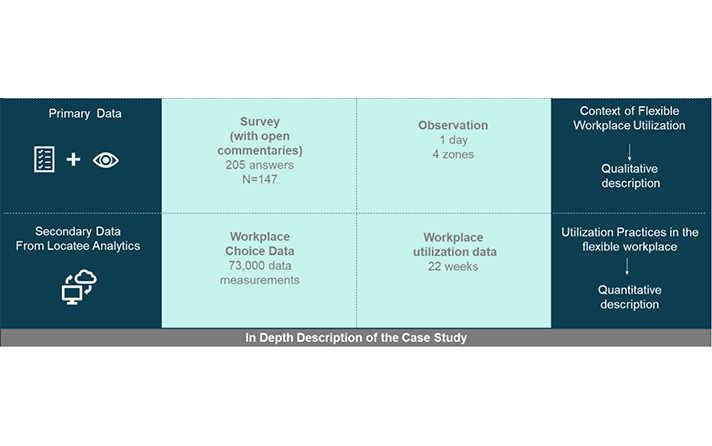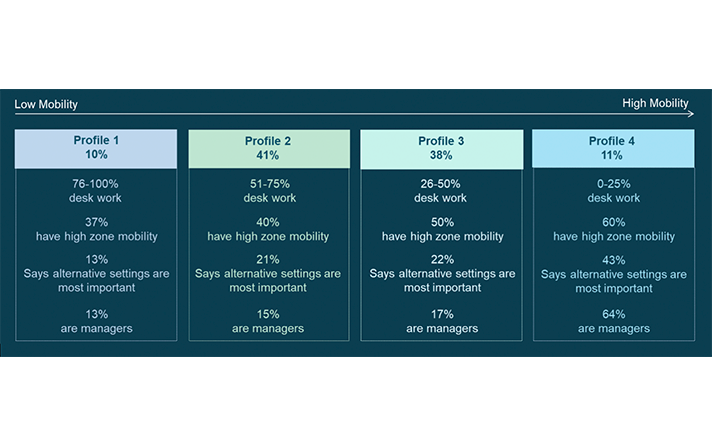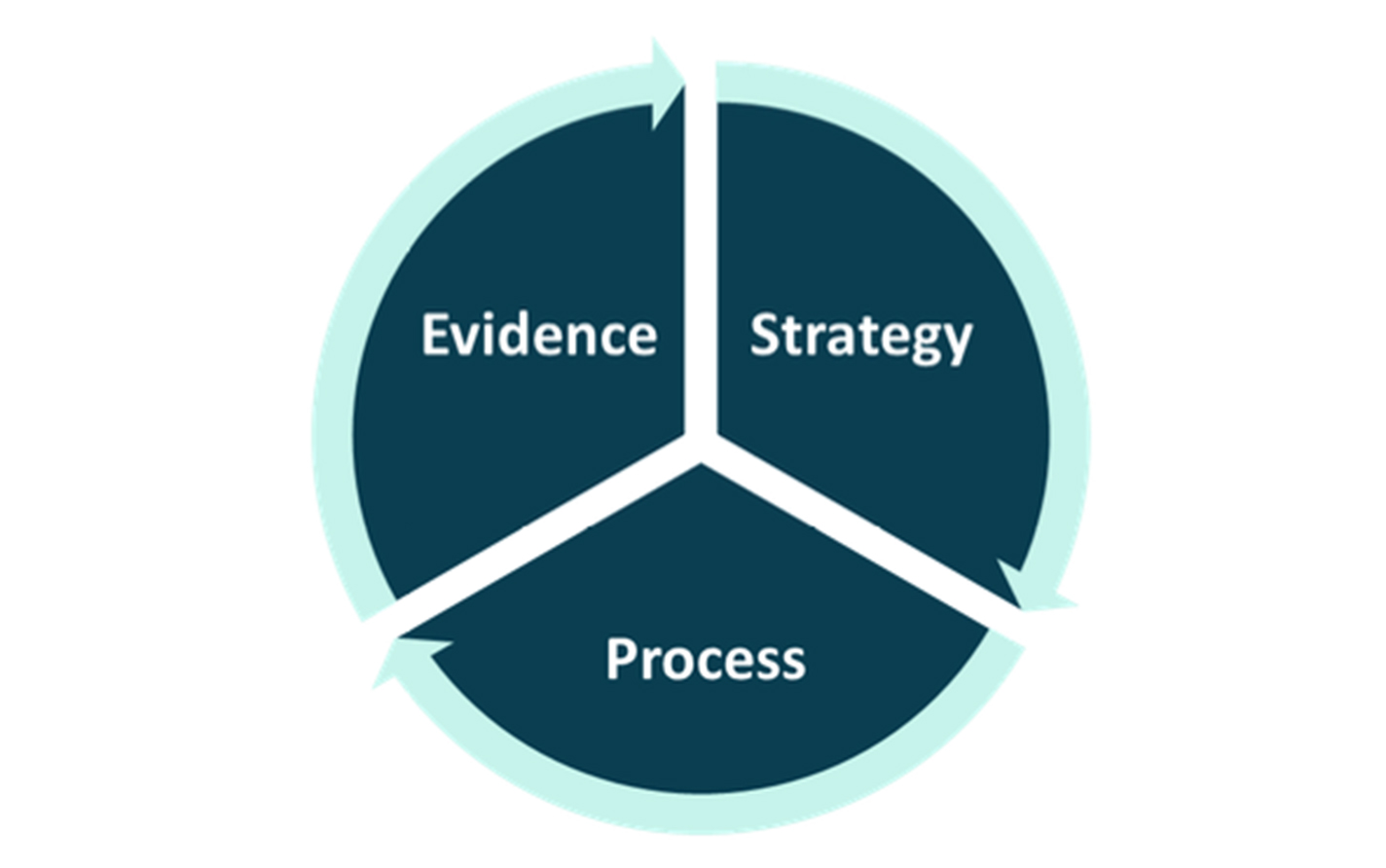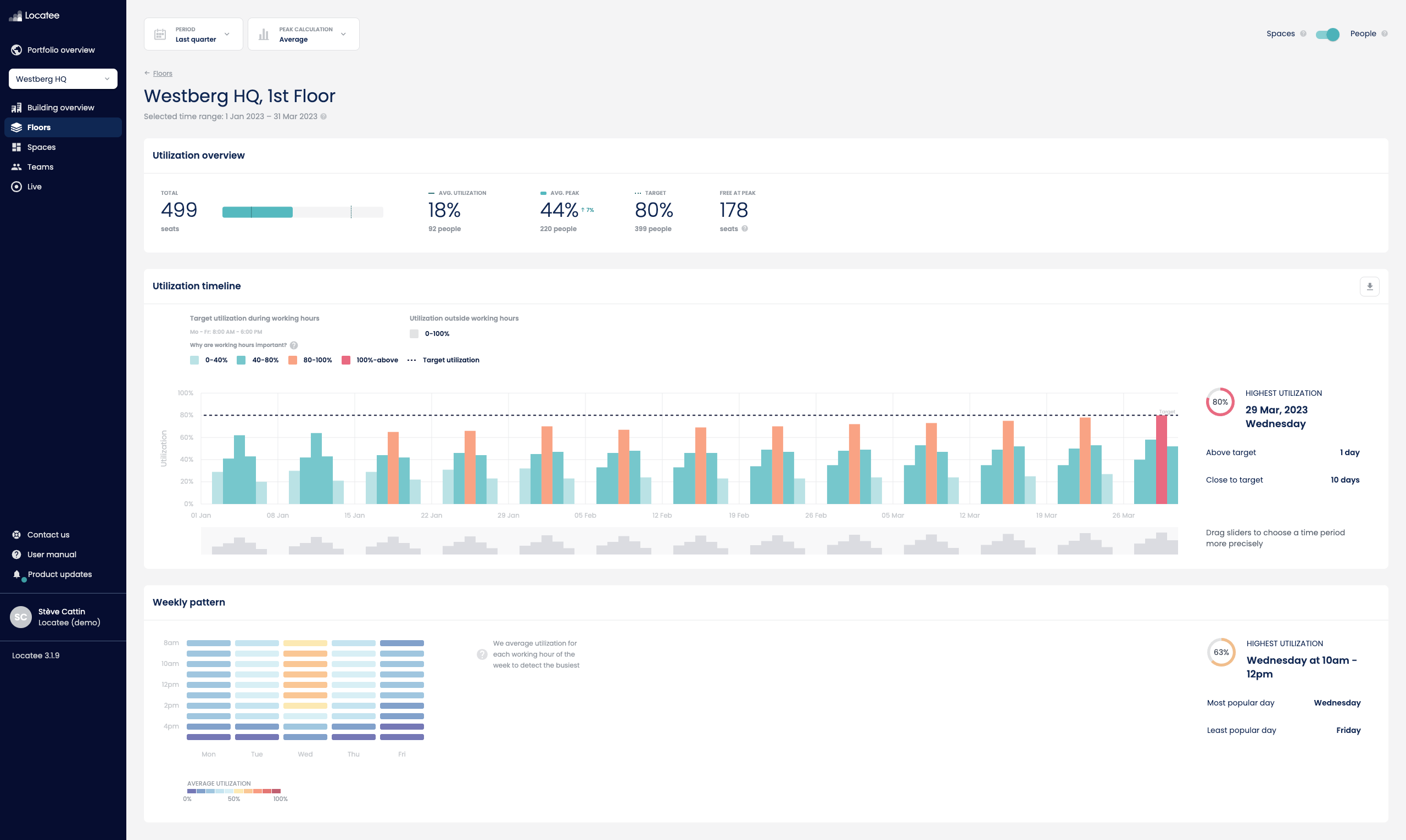Virna Monero, winner of the EFMC 2019 student competition, introduces us into her master thesis in a guest blog.
Changes in the world of work are the order of the day. From how we work and with whom we work, to on what we work and where we work, the transformation is ubiquitous. For Corporate Real Estate and Facility Management professionals, it is still a challenge to manage the new complexity of workplaces. Workplaces have become a complex system of processes, technologies, spatial solutions and specially the workforce: knowledge workers whose work is marked by increased autonomy and flexibility. This translates into the office being an enabler of new working practices and increased demand for managing not only the efficiency in terms of space cost, but also how effective these spaces are in supporting the workforce. Improving this work patterns at the same time means increasing the workplace experience for employees.
Professionals charged with this task have tools to measure the performance of the workplace, yet space utilization metrics sometimes show only part of the picture. Organizations are lacking insights into what drives knowledge workers to use the workplace in the way they do and important characteristics of the workforce that define these use practices are undiscovered. A deeper look into the utilization of the workspace can reveal valuable insights into the biggest asset of the organization: the workforce.
As a user of a flexible office myself and having confirmed through research and observations that other organizations also face this challenge, I decided to engage with the topic and generate implications for practitioners looking to create and manage more effective workplaces. I developed a research-based case study, in which I looked into the question:
Data sources
By integrating different sources of data, I explored multiple aspects of workplace utilization such as workplace behavior, workplace mobility, workplace attractiveness and workplace perception. Initially, I produced a thorough description of the context in which these aspects unfold and then explored what factors might explain these practices. I integrated workspace utilization data from Locatee Analytics with rich spatial descriptions of the workplace developed through observations and an employee survey and discovered a wealth of information hiding in the data.

Workplace utilisation practices
Triangulating between these data sources revealed patterns in flexible working practices in the workplace, associated with socio-spatial relationships and personal comfort. I found that the flexible behavior occurs at different levels and that the flexibility at one level is not an indication of the overall flexible behavior when using the office. Furthermore, I discovered different mobility profiles, with most of the employees showing moderate to highly mobile behavior depending on their work tasks, share of desk work, zone mobility frequency, place attachment and hierarchy. The architectural quality of the office appeared to influence the level of utilization of the different work zones, with ambience, materials, natural elements, openness, supported work tasks positively influencing utilization. With this case study, hidden workplace insights emerged, not only about the workspace but also about the workplace, providing actionable evidence to further develop the workplace management strategy.
By measuring the workplace, the process of generating evidence has started, yet by further engaging with the multiple data sources, overlooked influencing factors in the workplace will arise. In their quest for reducing space cost without affecting the quality of the workspace, many professionals wonder what action plan to follow for consolidating locations. When optimizing space use, the data has shown that square meter does not equal square meter.
There are important indicators about the utilization practices and behaviors in the workplace that influence the performance of the spatial solutions and moreover, the specific needs of the organization play a determining role. Managing several workplaces and sometimes even global portfolios, it can be challenging to monitor all workspace utilization KPIs, together with monitoring influencing indicators, given that space is in constant evolution. Yet, here is where the utilization data adds value by providing reliable measures that help identify areas in need of action.

What’s next?
If your organization is looking to turn data into actionable insights and find the “secrets” behind the data, here I give you some hints of where to start for increasing the workplace experience for employees:
1. Engage with the space behind the data:
Having workspace utilization measurements provides already a base for understanding your buildings deeper. Look for patterns into the data and identify the buildings and spaces within your portfolio that need action. Engaging with these spaces will reveal what spatial features are influencing your utilization and will indicate where to act. From the workspace utilization data, I identified observation points with measurements deviating from the average and utilization patterns across multiple floors. I then developed rich spatial descriptions of the work space that showed the high utilization peaks were associated with spatial features like proximity to windows, higher private sphere and higher density of natural elements. In contrast, the lower utilization peaks were associated with proximity to corridors and access points.
2. Triangulate and confirm
After finding areas of interest, combine measurements with other data sources monitoring and describing influencing indicators (floor plan layout, building data, team data, etc.). By integrating between these data, you can identify factors explaining the utilization and take informed decisions about the strategic direction to follow in making your workspace more effective. After identifying this “prime space” in the office as mentioned above, the survey data confirmed that employees put great value on architectural privacy, being near indoor natural elements and having a connection to the outside through windows with external views. These elements in relation to the workstation location, together with socio-spatial habitualizations, such as team dynamics, were highlighted by the employees as the most important criteria when choosing a spot in the office.
3. Act
You are now officially ready to develop new solutions based on evidence, ensuring better implementation results to move your workplace management strategy forward and to generate higher value for your organization.


 5’
5’





